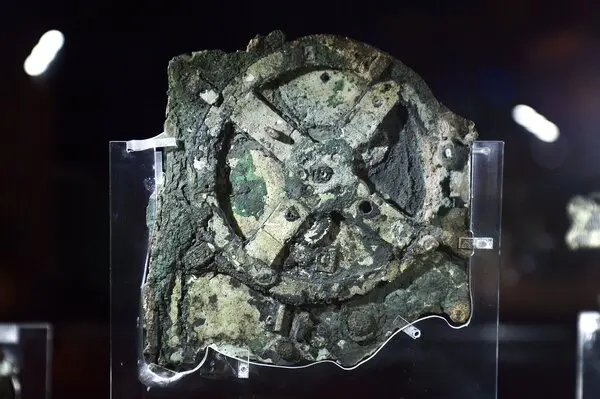By: Jasmine Tang
The Antikythera mechanism, a calculator made 2,200 years ago, has inspired enchantment ever since it was recovered from a shipwreck near a Greek island in 1901. Generations of scientists have learned many things from the device, which is often described as the first ever analog computer, but it remains unknown.
A study published this month in the Horological Journal assumed about the machine that could make the understanding of the timepiece function better. But rather than using tools of archaeology, scientists reached conclusions by taking methods from gravitational wave astronomy, a field that tunes subtle ripples in space-time that come from cosmic disruptions. A professor of astrophysics at the University of Glasgow, Graham Woan, and a research associate there, Joseph Bayley, said the machine’s calendar ring, a circular type of feature that was found in fragments. It once contained 354 holes that corresponded to 354 days on a lunar calendar. That information conflicts with earlier research which assumed that the ring had 365 holes for the 365 days on a solar calendar.
“It’s a slightly contentious idea,” said Dr. Woan, who had made it clear that he and Dr Bayley weren’t experts on the mechanism. “However, the evidence is rather clear.”
If the ring does represent a lunar calendar, the current models of the device would be inaccurate. For that reason, some scholars remain skeptical about the new information.
“It’s just wrong,” an honorary professor at University College London and expert on the mechanism, Tony Freeth said. He noted there was already a precise lunar calendar in the machine. “Why put a second lunar calendar on the mechanism when you’ve already taken a lot of trouble to construct a lunar calendar of great accuracy and sophistication?”
For decades, scientists have seen the calendar ring as a solution to the finicky solar year, which is 365.2422 days. Just like our calendars, the holes in the rind let it to be manually rotated by one day every four years to accommodate for leap years and prevent the calendar from drifting off track.
The solar model first came into question in a 2020 study by a team of researchers and enthusiasts. By taking X-rays of the remaining holes, the study said to displace the century-long assumption of a solar calendar on the Antikythera mechanism, saying that it instead is a lunar calendar.
“It’s such a well-defined and clear problem that we couldn’t resist analyzing it in the same way as we would analyze an astronomical problem,” said Dr. Woan.
Becky Ferreira. “Cosmic Research Hints at Mysterious Ancient Computer’s Purpose” The New York Times, 5 July. 2024, https://www.nytimes.com/2024/07/05/science/antikythera-mechanism-gravitational-waves-lunar.html











